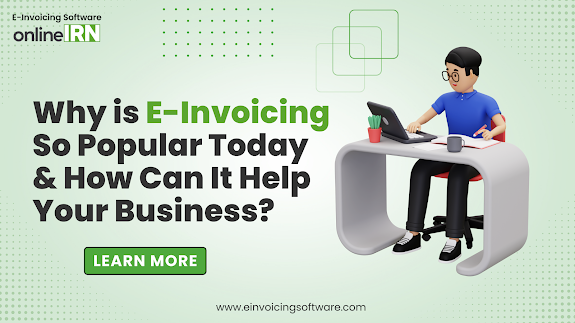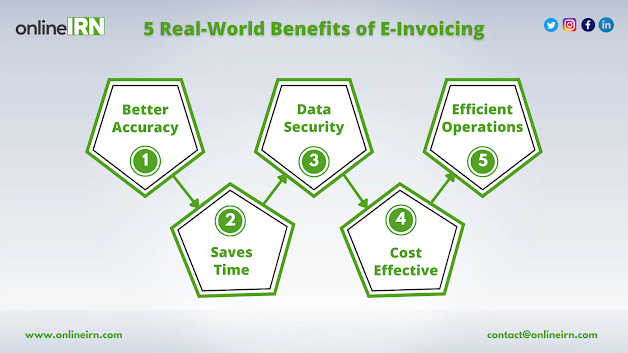Why is E-Invoicing So Popular Today & How Can It Help Your Business?

E-invoicing represents both the present and the future of invoicing. There are several advantages to e-invoicing over emailing PDFs or traditional paper invoices. Although there are certain restrictions to e-invoicing, e-invoicing has many more positives than negatives. While e-Invoicing is not a new technology, its importance has increased significantly over the past few years. The pandemic acted as the fuel for some procurement companies to embrace touch-free technologies like E-Invoicing Software and grow up digitally overnight for a variety of reasons. E-invoicing: What is it? E-invoicing, or electronic invoicing, is the exchange of invoice documents in an integrated electronic format between a supplier and a customer. With data being read and sent directly from the supplier into the buyer's ERP system regardless of the format of the invoice, it entirely automates the process of invoice capture. On a single cloud-based platform, both vendors and customers may h
.png)

